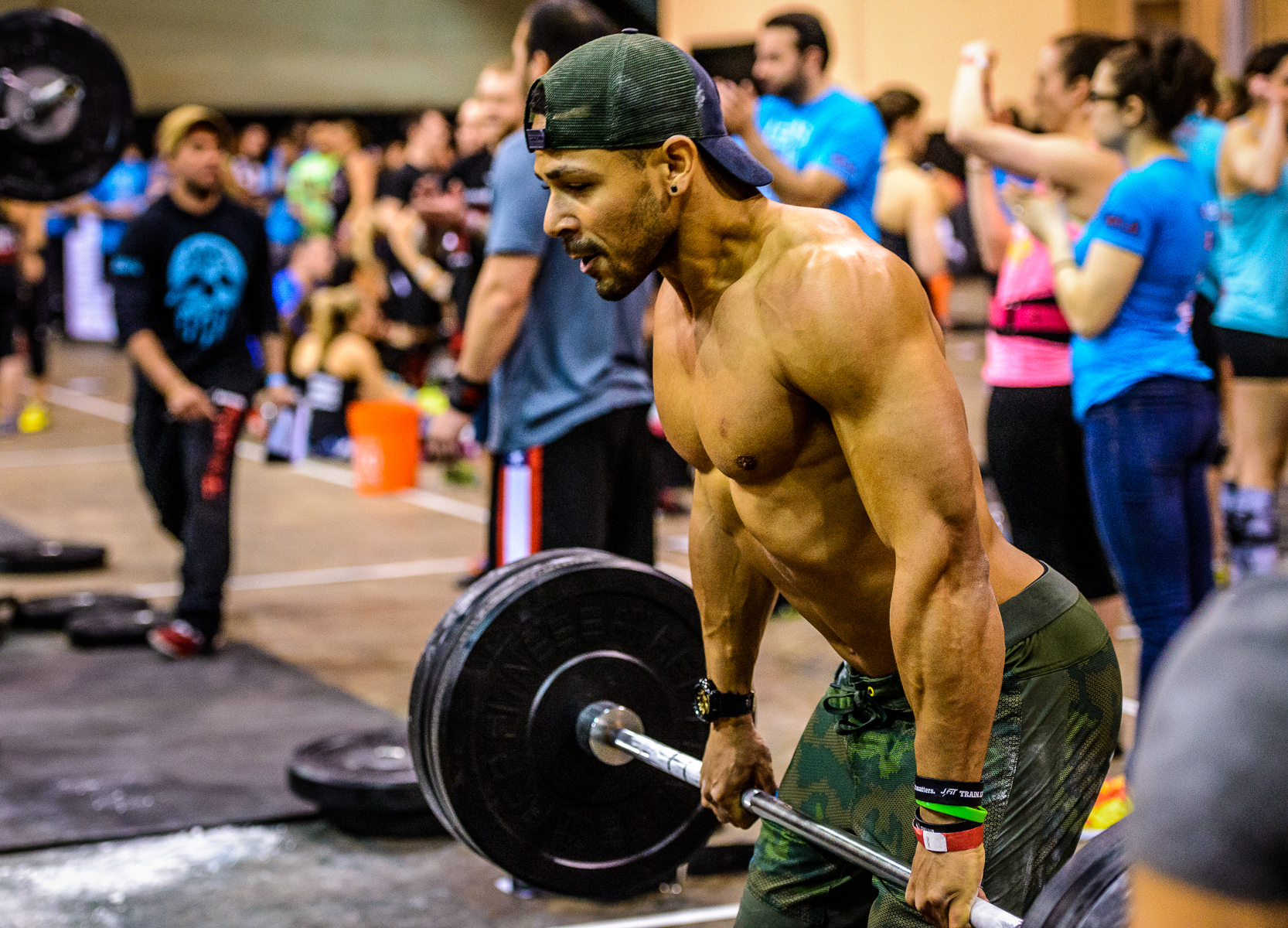Weightlifting is a vital aspect of both competitive and everyday fitness athletes’ training program. Weightlifting workouts of the day (WODs), often seen at the beginning of sessions (either in Olympic weightlifting or strength segments), or as the primary metabolic conditioning piece, entail variations of the snatch, clean, and/or overhead jerk movements. Athletes are expected to understand the fundamentals of weightlifting as they progress throughout their training, often with landmarks of performance dependent upon Benchmark WOD scores that are completely reliant on Olympic weightlifting abilities (Grace and Isabel, just to name two).
As the Director of Weightlifting at Union Square Barbell Club in New York City, I set out to not only make better weightlifters, but also help my athletes perform better in daily WODs, the CrossFit Open, and hopefully Regionals. I have tried to instill the following behaviors in my lifters when they approach weightlifting WODs in CrossFit classes, and urge other beginner and competitive athletes to try out some of these to further enhance performance and prevent injury.

Address Individual Mobility Limitations
We all have unique limitations that impede optimal performance. Functional fitness athletes need to take the time to address their additional concerns before classes begin to maximize their performance and prevent injury. Although many coaches will lead a systematic and well-programmed warm-up and mobility routine preparing most athletes for the WOD, certain individuals may need to spend more time before class addressing their personal issues. Whether it is recovering from shoulder injury, lack of mobility in the ankles, or general wear and tear from the week; athletes should to take the time to address their individual issues on their own time to be at their peak fitness.
Warm Up LONGER
Many coaches will give athletes ample time to build up to the working weight and/or first working set of a particular movement. Stronger athletes however, may need significantly more time to prepare for heavier loading. Additionally, beginners need to take more time to prepare the nervous system for the movements, making the warm-up sets (empty barbell and light weights) critical for optimal bar speed and mechanics.
Do Empty Barbell Drills
If you were to watch elite weightlifters, they meticulously perform empty barbell warm up SETS (not just a couple reps) as the prepare to lift miraculous amounts of weight. Functional fitness athletes should spend more time with an unloaded barbell in their hands, focusing on bar speeds, mechanics, and fluidity of movements before adding external loading onto the barbell. Fortunately, coaches have the opportunity to program these sets into a group warm-up, which is a great way to increase effectiveness and efficiency of warm-up segments.
Be More Explosive In Warm-Ups
Weightlifting is highly dependent on power production. Bar speed, acceleration, and technique are vital. During warm-up sets (after you have done explosive empty barbell sets of course), athletes need to train the same exact way they would with a load that was 80+% of their 1-rep max. By treating 135lbs like 315lbs, you enable to neuromuscular system to facilitate greater motor unit firing and synchronizations, which lead to increased muscle activation and performance.
Relax, Breathe, and Stay Connecte
It’s easy to get amped up with barbell flying around you, heavy music blaring, and countess of your counterparts shouting at you to go harder. It is at the very exact time I urge my athletes to stop, take a deep belly breath, and refocus. During heavy weightlifting complexes and WODs, it is paramount that athletes remain focused, collected, and in the zone. As fatigue and external stimulus’s sneak in their peripheral vision, athletes need to learn to recognize and refocus so they can safely and effectively complete the task(s) at hand.
Stretch
Taking the extra 10-15 minutes post WOD to stretch is a simple, yet often neglected aspect of training. Failure to recover and regain flexibility following stressful sessions can lead to impaired mobility and injury. Foam rolling, trigger point, yoga, static stretching, and trigger point are all great ways to kickstart the recovery process. Additionally, the amazingness of fitness communities could make it easier for Coaches and athletes to participate in more partner assisted stretching.
Final Thoughts
Doing the little thing right is what seperates the best from the good. By better preparing for training sessions, atheltes and coaches can maximize their performances and potentially reduce injuries. The 7 behaviors above where formulated by my fellow coches and I to help our athletes get the most out of their trianing.
Editors note: This article is an op-ed. The views expressed herein are the authors and don’t necessarily reflect the views of BarBend. Claims, assertions, opinions, and quotes have been sourced exclusively by the author.
Featured Image: Mike Dewar